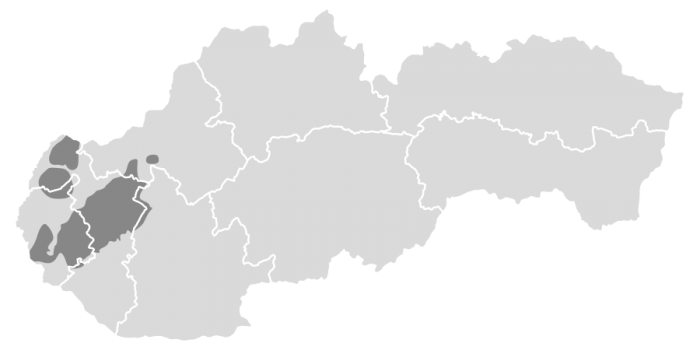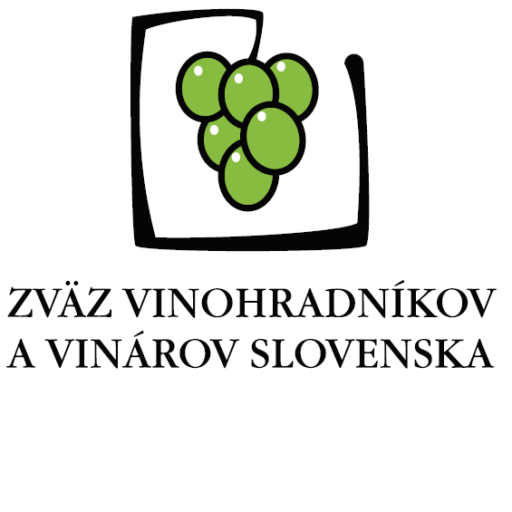

Precipitation (mm) 600 Average temperatures (°C) 11 Average temperature during vegetation period 17.2 Total sunlight during vegetation period (hours) 3,100
5 359,2 ha
Wines from this region come from the heart of Europe. They are multiethnic, yet Slovak. They bear the ancient heritage of the Celts and the Romans, as well as the Mossel Germans and, of course, the Slovaks. They are born in the southwestern part of Slovakia, its oldest and most famous winegrowing region. The region stretches from the confluence of the Danube and Morava rivers , all the way to Čachtice, known for its infamous countess Elisabeth Báthory; from the rolling hills near Hlohovec, up to Skalica in the Záhorie region. This small area concentrates an unusual mixture of soils, all different in their geological composition. Local vineyards and their unique terroir have produced clearly defined varieties of wines which, in the Middle Ages, were worth their weight in gold. They include the revived Grüner Veltliner, the famed Welschriesling, the original Dievčie hrozno and Grüner Silvaner , the modern European Chardonnay, the unique Devín, the timelessly regal Blaufränkisch, as well as the traditional Blauer Portugieser. Small Carpathian winegrowing region is home to ancient winegrowing villages and small towns like Rača, Svätý Jur, Limbach, Pezinok, and Modra, all with their winemaking souls and cellars wide open, including the National Wine Collection in Bratislava.
Soil Conditions: The geological substrate is primarily formed by the deposited cones of the Small Carpathian streams. The soil is clay to sandy, semi-skeletal. The southwestern part is dominated by fluvial sediments of the Morava River, as well as aeolian sands.
Climate Conditions: Characteristic for this region are large differences between day-time and night-time temperatures, reaching up to 15° Celsius during vegetation period.
